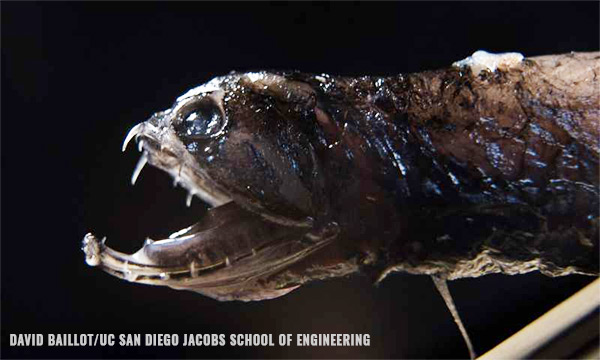The quest to cool your electronics continues: New polymer can disperse heat
01/08/2020 / By Michael Alexander

Overheating gadgets and devices may soon become a thing of the past, thanks to a new material developed by scientists at Rice University.
Researchers from Rice University’s Brown School of Engineering recently unveiled a nanocomposite material that shows great promise as a superior dielectric or insulating material, which can then be used for flexible electronics, energy storage and electronic devices.
Created by scientist M.M. Rahman and postdoctoral researcher Anand Puthirathhe, with funding from the United States Army Research Laboratory, the nanocomposite combines one-dimensional polymer nanofibers with two-dimensional boron nitride nanosheets. According to their paper, which was published in Advanced Functional Materials, the nanofibers reinforced the self-assembling material, while the “white graphene” nanosheets provided a thermally conductive network that allowed it to withstand the amount of heat that would normally break down common dielectrics.
According to the researchers, the creation of the material was borne out of the challenge posed by increasingly advanced developments in consumer technology and electronics.
“Dielectrics must be thin, tough, flexible and able to withstand harsh environments,” Rahman said in their paper, noting several weaknesses in common dielectric materials: ceramic tolerates heat, but is very brittle; polymer has good mechanical properties, but isn’t good with heat.
“Boron nitride is an electrical insulator, but happily disperses heat,” Rahman said, adding that when he and his team bonded the polyaramid nanofiber with boron nitride, they came up with a material that was not only “exceptional” mechanically, but also thermally and chemically “very stable.”
According to the researchers, the 12-to-15-micron-thick material not only acted as an effective heat sink up to 250 C (482 F), it also dispersed heat four times better than the polymer alone.
As per the scientists’ research, in its simplest form, a single layer of polyaramid nanofibers binds via van der Waals force — the same force that keeps geckos from falling when they’re walking on glass — to a sprinkling of boron nitride flakes that make up 10 percent of the final product by weight. At this point, the flakes are “just dense enough to form a heat-dissipating network that still allows the composite to retain its flexibility, and even foldability, while maintaining its robustness.” (Related: Scientists invent self-healing ‘terminator’ polymer that could revolutionize electronics, body armor.)
By layering the polyaramid nanofiber and boron nitride on top of each other, the scientists were able to make the material thicker while still retaining its flexibility.
“The 1D polyaramid nanofiber has many interesting properties except thermal conductivity,” Rahman said. “And boron nitride is a very interesting 2D material right now. They both have different independent properties, but when they are together, they make something very unique.”
According to Rahman, their newly developed material is “scalable” and thus should be “easy” to incorporate into manufacturing.
This is just the latest in a string of developments pertaining to polymers in recent times.
In January, researchers from Fraunhofer Institute for Silicate Research ISC announced the development of new, and improved bioplastics.
In April, researchers from the Massachusetts Institute of Technology succeeded in creating polymer films that conduct heat.
Sources include:
Tagged Under: breakthrough, discoveries, future science, innovation, inventions, materials research, nanotechnology, polymers, robotics, robots, science and technology
RECENT NEWS & ARTICLES
COPYRIGHT © 2017 DISCOVERIES NEWS



















